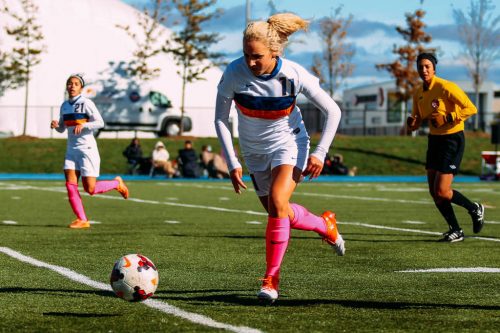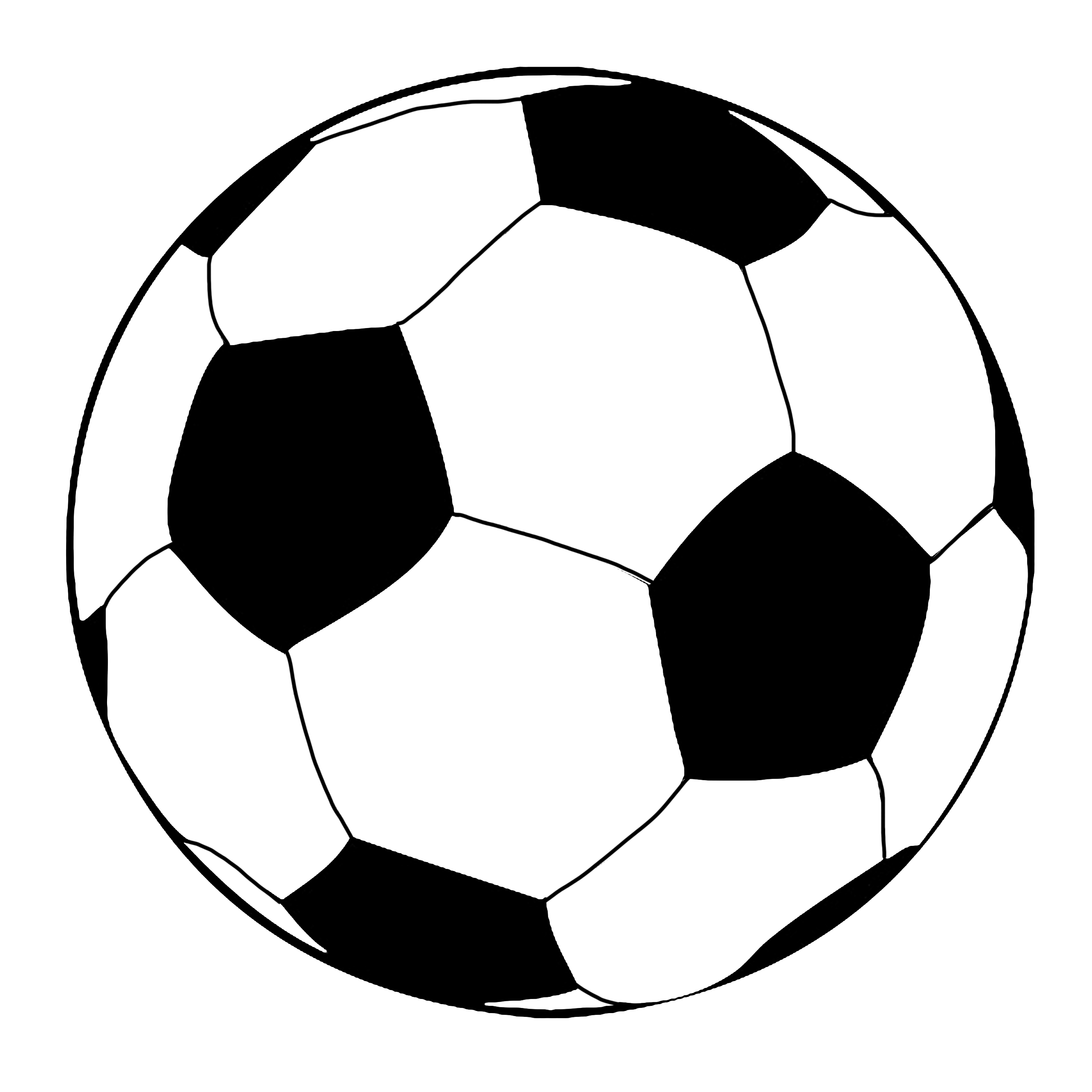By Kyle Craib
The soccer is no stranger to criticism when talking about general physicality.
From players faking injuries after getting fouled to the doubt of a player’s toughness, soccer players and fans alike are used to the idea that soccer is often viewed as a softer sport.
However, those assumptions couldn’t be more wrong. Soccer is a contact sport. Slide tackles, mixed with a steady diet of stray elbows and headbutts, have the potential to cause head injuries in the blink of an eye.
Also, the notion that concussions in soccer happen only because of headers isn’t necessarily true.
Actual contact between the ball and head account for only 10 per cent of all concussions in high school soccer, according to a 2015 study by the American Academy of Orthopaedic Surgeons (AAOS).
Major injuries during games, especially to the head, are far more common than many people originally perceive and can present a serious risk to a player’s brain in both the short and long term.
“When I had my last concussion, it amplified my vision problems”
This became a reality for former Ryerson Rams women’s soccer forward, Emily Kananoja.
Kananoja experienced her first concussion after getting hit in the head by a corner-kick. The second came after she got tackled down and hit her head. After a long ball towards her head caused her third, she decided it was time to stop.
“After my last, I actually stepped away from the game…I just mentally could not put myself in a position to get another,” she said.

According to AAOS, women’s soccer outranked all other high school sports for having the highest percentage of concussion related injuries. Also, the study found that 27 per cent of all injuries in the sport were injuries to the head.
Kananoja is not alone. Five per cent of all soccer players will sustain a brain injury over their career, according to a 2019 report conducted by the Centres for Disease Control and Prevention (CDC).
Concussions can be especially difficult on athletes, as the symptoms not only affect them on the pitch, but also in the classroom.
“When I had my last concussion, it amplified my vision problems and now, I have [a hard time] concentrating and my eyesight gets blurry really quickly,” added Kananoja.
Kananoja also says that she had headaches, which made it difficult to go to class and eventually caused her to miss school in her second year.
“We have immediate protocol to take the injured player out of the game”
The process of returning to school can be very difficult for athletes, especially because of the increasing severity of symptoms that come with each concussion. Ryerson athletics says it has done its part to set up academic accommodations to help those who may need extra time recovering from their injuries.
“For instance, if you get a concussion on Wednesday and then have to study for an exam on Friday when everything hurts and you can’t focus, you certainly can’t study,” Ryerson manager of sport performance Brian Finniss said. “We will, of course, accommodate [each player] as needed.”
The high concentration of these injuries is from the physical contact between players on the pitch, causing the brain to move at a very accelerated rate and potentially leading to an injury.
“We have immediate protocol to take [the injured] player out of the game soon as we are suspicious that a concussion has taken place, without question,” said Ryerson men’s soccer head coach Filip Prostran.
The time period to full recovery from the injury depends on its severity and can go on for months before all symptoms fully subside. These can include dizziness, headaches and blurred vision.
“During my first couple concussions, there was still not a ton of research on the subject…I was told to just turn off the lights and stay in a dark, silent room. It was very difficult for me, [especially] during the summer,” added Kananoja.
Since then, however, the treatment has drastically changed to allow for much more activity during the recovery process.
“[Concussion protocol] is very individualized…recently, the experts globally have changed that procedure that encourages the player to get active soon after to monitor their levels and guide their recovery from this information,” said Finniss.
Major sporting leagues where concussions are prominent (football, hockey, etc.) have recently made large advancements in the field of concussion prevention, including limiting contact with the head and issuing penalties and fines. With soccer, however, the answer may not be that simple.
Because of the wider impact of this injury for students, players are being taught at about the dangers of concussions in the game with the hopes of better protecting their brain for the classroom and the field.











Leave a Reply